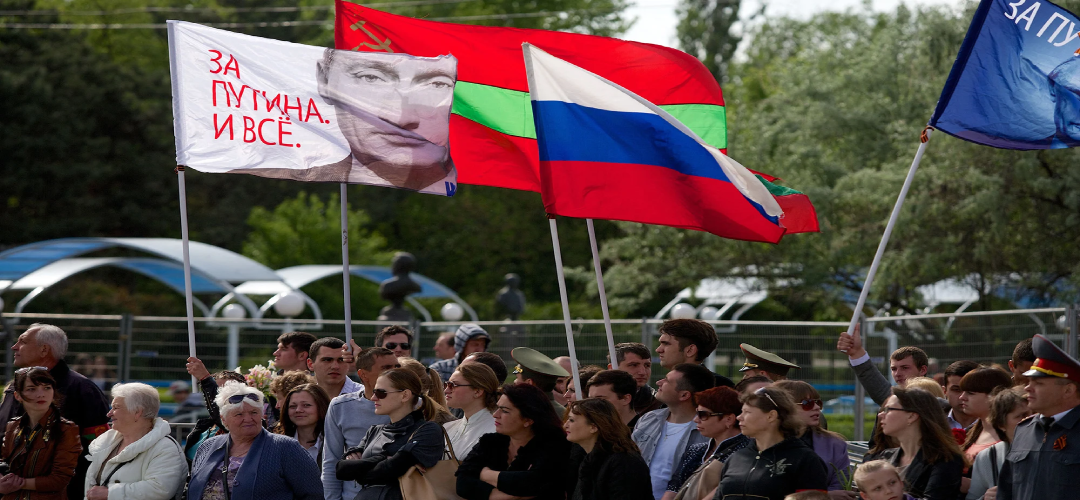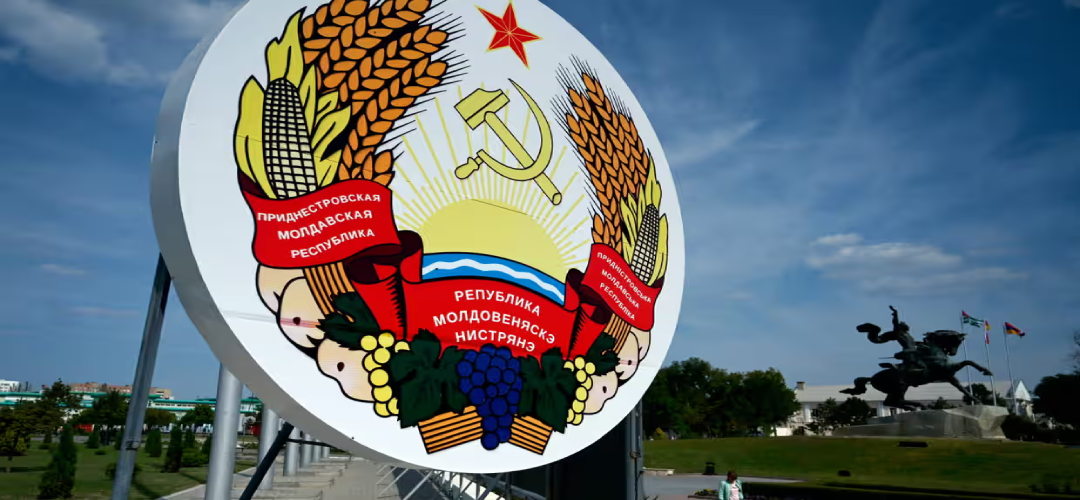Tensions in Transnistria
March 9, 2024 | Expert Insights

Transnistria, a breakaway region of Moldova, has sparked concerns after it asked Moscow for help in the face of "pressure" from the Moldovan government. Located adjacent to Ukraine, the region is viewed as a possible flashpoint involving Russia. This recent request has renewed fears that Russia could look to occupy Transnistria, where it already has a presence.
The region, a strip bordering Ukraine, is under tightening economic pressure and is a contentious issue between Moscow and Moldova. The latter, once a part of the Soviet empire, is increasingly leaning towards the European Union (EU).
Background
The unrecognised region or statelet spans a strip of land along the eastern bank of the River Dniester, running along southwestern Ukraine. Transnistria broke away from Moldova when it was still under Soviet rule in 1990. Its inhabitants are mainly Russian-speaking while the Romanian language dominates Moldova.
After the Soviet Union broke up in 1991, pro-Russian separatists led a short insurgency against the Moldovan government. One of their concerns was that Moldova would eventually accede to Romania, which it had been a part of before the Soviet Union took over in 1940.
Moscow played a role in mediating an end to the conflict in 1992 and since then, a force of Russian regular and peacekeeping troops has remained there. They also guard a major arms store that was set up under the Soviet Union.
The region’s lack of formal status makes it dependent on Russia and offers Moscow a foothold in Moldova. Moldova is a poor country, substantially dependent on remittances from its nationals working abroad. The government has been trying to distance itself from Moscow’s influence and move towards joining the European Union (EU).
No country has recognised Transnistria as an independent nation. As if frozen in time, it continues to use the Soviet Communist hammer-and-sickle as a state emblem. It also has a currency of its own, the Transnistrian rouble, and an army.
The region depends on Russian natural gas despite being unable to pay for it. Consequently, it has accumulated a debt of more than $10 billion, according to Russian oil giant Gazprom. While Russia attributes the debt to Moldova, the latter does not. The inhabitants are a curious combination of Moldovan, Russian, and Ukrainian citizens.

Analysis
This quaint region has sprung into the spotlight since Russia invaded Ukraine in February 2022, which evoked concerns that Moscow may consider angling westward through southern Ukraine till it reaches Transnistria, connecting with its garrison there and opening a new southwestern front. However, these worries subsided as Ukrainian forces drove Russian forces back, preventing such a move.
However, the concern has persisted through the war and strained ties between Moldova and Moscow, particularly as it looks to become an EU member. Polish Prime Minister Donald Tusk has pointed out that tensions around Transnistria pose a risk to the region while also affirming that the threat of Russia intervening there is not new and a long-running issue.
However, the Ukraine war has exacerbated tensions, significantly affecting Transnistria’s economy. The border between Ukraine and Transnistria has been closed since the war started. Not only does this block a sizable portion of the statelet’s trade but it also compels it to route its trade through Moldova. Moldova recently imposed new customs rules by which Transnistria has to pay import duties to the Moldovan government, which has also taken a toll on the breakaway region’s economy. Some argue that Moldova’s strategy is to make things so difficult for the region that it is compelled to reunite with Moldova. This could help simplify the country’s EU membership and also help it overcome Russian influence.
Many argue that Russia views Transnistria as a means to destabilize the pro-West Moldovan government. Moldova is concerned that its bid to join the EU could be derailed by a conflict. Since Russia’s invasion, Ukraine also views Transnistria with caution as the Russian troops there may pose a threat to its security.
When Russia invaded Ukraine, Moldova may well have featured in its military plans as it likely intended to establish a route through southern Ukraine to Transnistria, which a Russian commander listed as one of its aims. Even though Ukraine halted its progress, many point out that Moldova is still under Russia’s gaze.
Assessment
- Even though Moldova has moved away from its prior dependence on Russia and is looking to join the EU, Transnistria poses a conundrum for the country. It cannot shake off the adjacent statelet that links it with Russia. Yet, its efforts to reunify seem to push the breakaway state towards Moscow.
- Already highly dependent on Moscow, Transnistria’s economy is being further squeezed by the war situation as its neighbours Moldova and Ukraine view it warily. This isolated region, increasingly a potential flashpoint, is being closely watched by world powers like the United States and, no doubt, Russia.








Comments